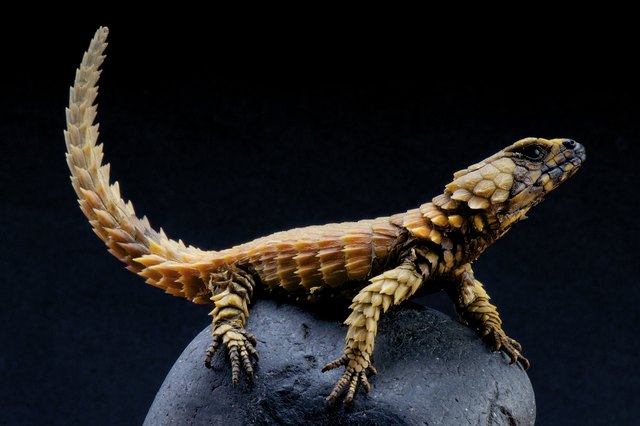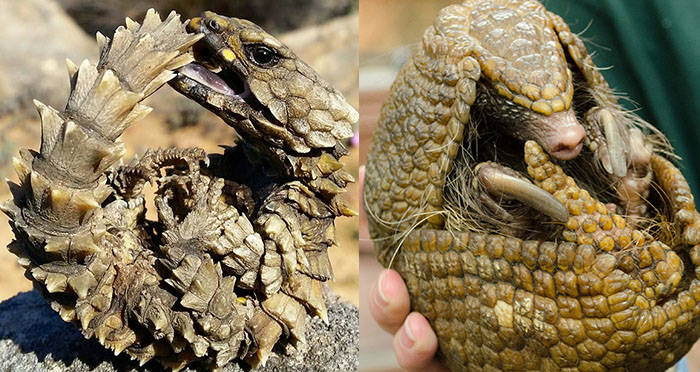

The largest species, the giant armadillo, can weigh up to 54 kg (119 lb), and can be 150 cm (59 in) long. The smallest species of armadillo, the pink fairy armadillo, weighs around 85 g (3.0 oz) and is 13–15 cm (5.1–5.9 in) in total length. Armadillos are increasingly documented in southern Illinois and are tracking northwards due to climate change. Their range has consistently expanded in North America over the last century due to a lack of natural predators. Two species, the northern naked-tailed armadillo and nine-banded armadillo, are found in Central America the latter has also reached the United States, primarily in the south-central states (notably Texas), but with a range that extends as far east as North Carolina and Florida, and as far north as southern Nebraska and southern Indiana. Some, including four species of Dasypus, are widely distributed over the Americas, whereas others, such as Yepes's mulita, are restricted to small ranges. They are particularly diverse in Paraguay (where 11 species exist) and surrounding areas. Today, all extant armadillo species are still present in South America. (Some of their much larger cingulate relatives, the pampatheres and chlamyphorid glyptodonts, made the same journey.) The recent formation of the Isthmus of Panama allowed a few members of the family to migrate northward into southern North America by the early Pleistocene, as part of the Great American Interchange. Due to the continent's former isolation, they were confined there for most of the Cenozoic. Like all of the Xenarthra lineages, armadillos originated in South America. Recent genetic research suggests that an extinct group of giant armored mammals, the glyptodonts, should be included within the lineage of armadillos, having diverged some 35 million years ago, more recently than previously assumed. The dagger symbol, "†", denotes extinct groups.

It is found in dry portions of the Karoo in the extreme west of South Africa.Īrmadillo Girdled Lizards make their home in cracks in rocks where they live in family groups.Īrmadillo Girdled Lizards give birth to one or two babies towards the end of summer. Their defense mechanism when threatened, and they are away from the security of the rocks, is to roll into a ball by biting and hanging on to their tail. The Armadillo Girdled Lizard is covered in plates and scales and spikes giving it an unusual look.

Photo © mgkuijpers - Cordylus cataphractus Armadillo Girdled Lizard Afrikaans name: Letermago Gordelakkedis


 0 kommentar(er)
0 kommentar(er)
